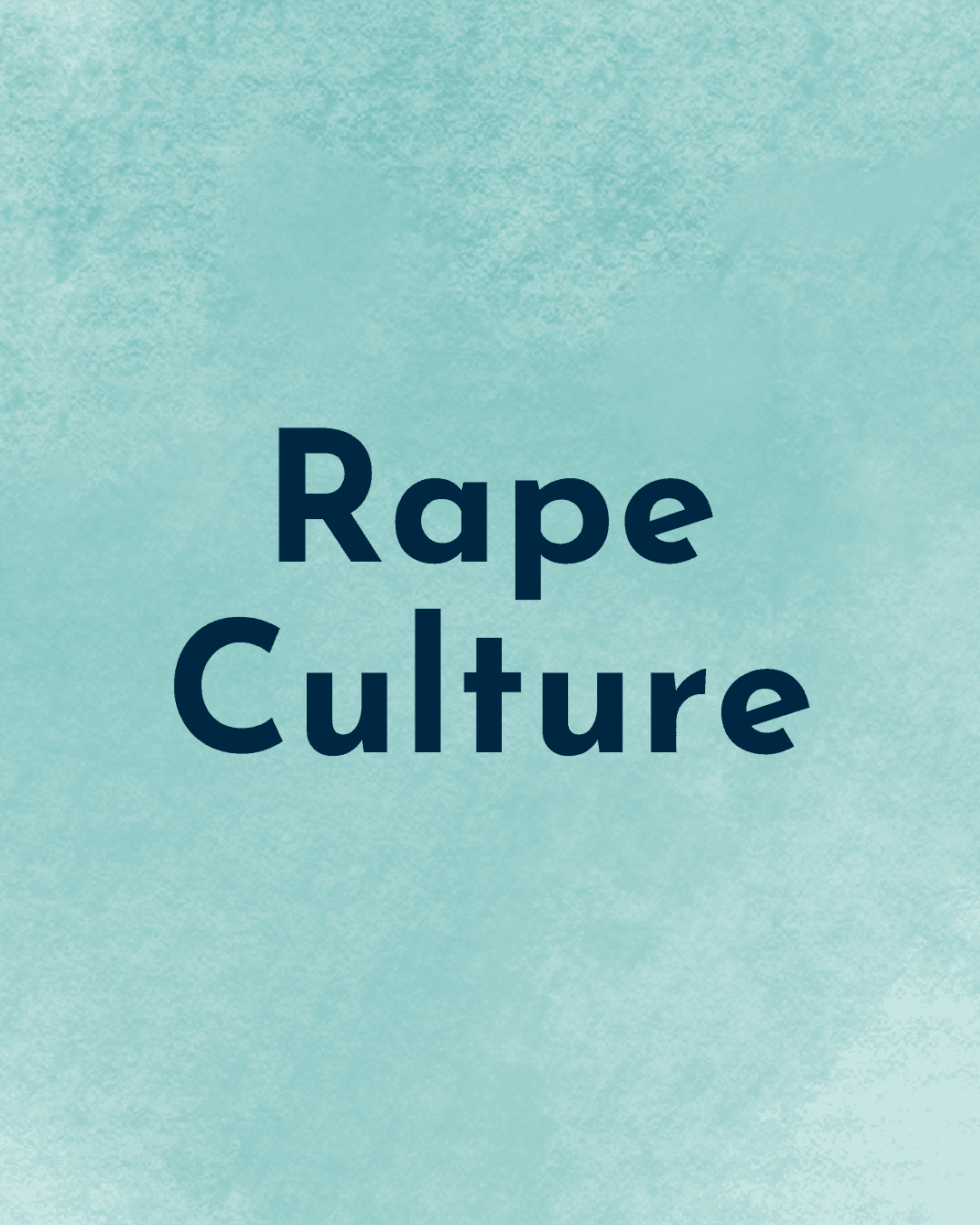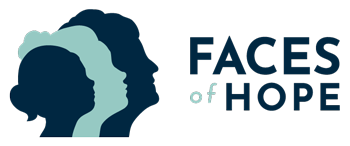
By Jayla, Faces of Hope Advocate Intern
Rape culture thrives in a society where rape is prevalent and sexual violence is normalized, which allows misogynistic and dangerous behavior towards victims to continue daily. It minimizes the impact of sexual assault and rape on victims and instead shows sympathy to the perpetrators. It’s the sacrifices victims are expected to make to stay safe and the institutions and cultural norms that shield abusers instead of holding them accountable.
The original definition of rape culture comes from the 1993 anthology “Transforming a Rape Culture,” which defines it as “a complex of beliefs that encourages male sexual aggression and supports violence against women.” Many modern definitions recognize that rape culture affects people of all genders and intersects with racism, classism, and other forms of oppression. At its core, we know rape culture upholds power imbalances that silence survivors.
What About Victim Blaming?
Victim blaming is any form of response that indicates the victim is entirely or partially to blame for the abuse or assault they endured. It does not have to be intentional or malicious. Most of us have unknowingly engaged in victim blaming through the questions we ask to try to understand the situation better.
Some examples of victim-blaming responses to an assault disclosure:
“What were you wearing?”
“Why did you go home with them if you didn’t want to have sex?”
“How much did you drink that night?”
The truth is, we don’t need to understand all the details to let the victim know we believe them and will support them no matter what they decide to do. Many victims will tell a close friend or family member first, and if they are dismissed or met with skepticism, they will not report the attack. You can use phrases like “Tell me more” or “Would you like help researching what to do?”
The media often plays a huge role in the act of victim blaming by portraying victims in a negative light and turning our thinking towards the victims' actions instead of the perpetrators. The use of victim blaming marginalizes the victims and often makes it difficult for the victim to come forward in an unsafe environment. The media uses specific language when describing rape known as the “language of rape,” in which they describe rape as an act of pleasure for the victims with the use of words such as “fondled” and “caressed,” which severely undermines the impact the assault had on the victim. This language perpetuates the sexist notion that victims of rape enjoy or were "asking for it.”
Legal Challenges
Victims are often criticized in the media for coming forward long after the assault, even if they didn’t realize it was assault because they were so young at the time. Just look at how the victims were dismissed in the cases against Bill Cosby, Harvey Weinstein, and Jeffrey Epstein. These cases highlight how survivors bravely coming forward are still met with skepticism and blame.
The media’s comments towards a trial can affect juror’s feelings towards victims and often reinforce acts of victim blaming. The media pushes a harsh line of questioning that often places blame by discussing their previous sexual history to paint them in a negative light as promiscuous, or to prove that they got some “benefit” from the assault (like a career advancement). This line of questioning removes responsibility from the perpetrator and places it on the victim.
What Now?
As a society, we continue to make progress from the collective groups of individuals that demand change in the systems in place, like through Denim Day becoming mainstream. The recognition of the effect rape culture has on our society allows us to further understand and create change that protects victims.
You can help by not downplaying the impact of sexual assault, calling out rape jokes, and advocating for increased protections for survivors. It ends with us.
Resources:
Rape Culture, Victim Blaming, and the Role of Media in the Criminal Justice System
Rape Culture, Victim Blaming, And The Facts | Southern Connecticut State University


